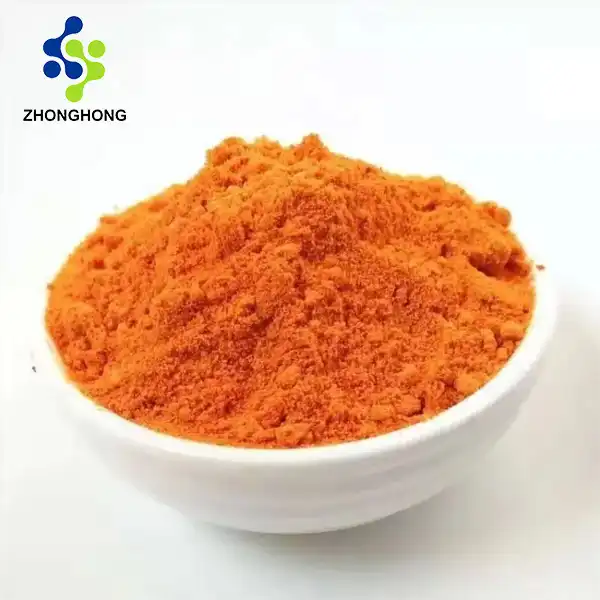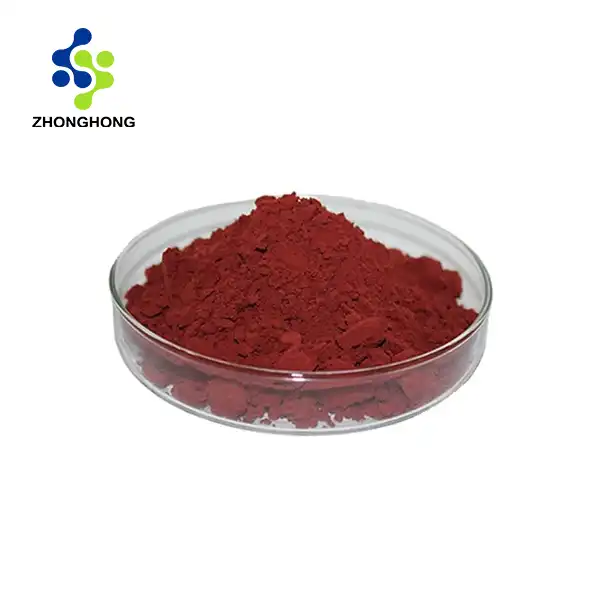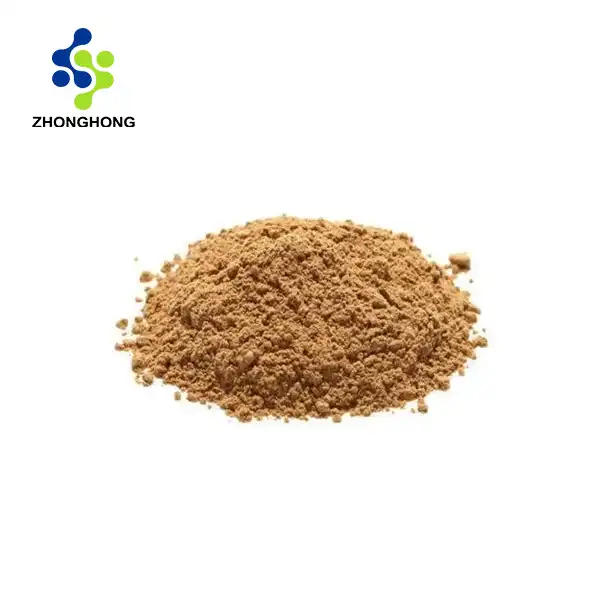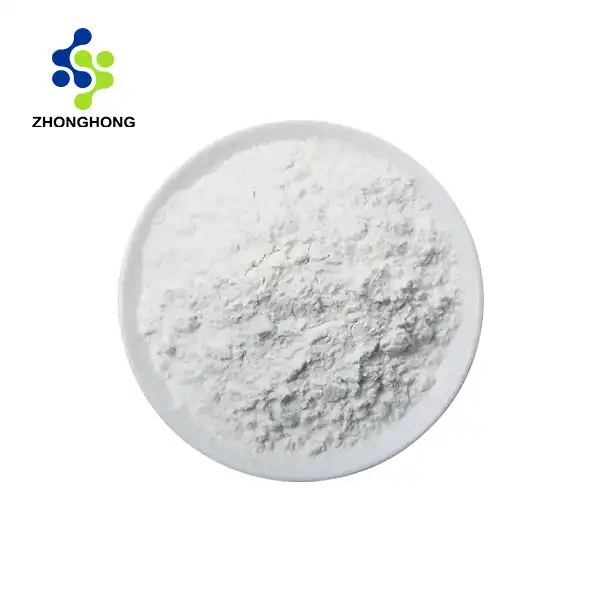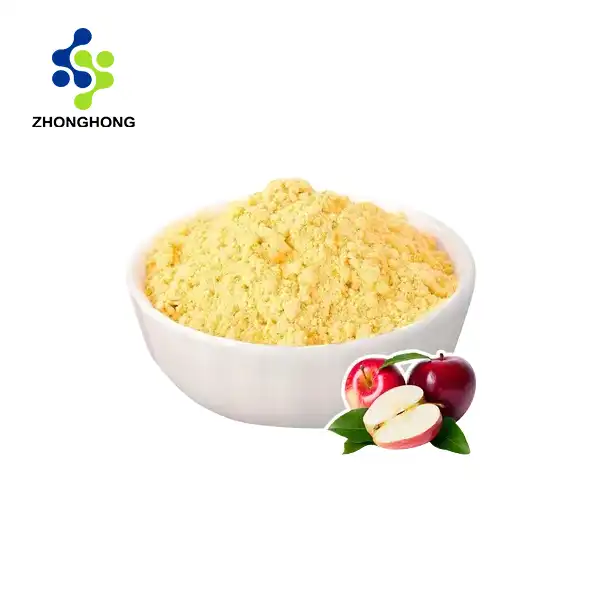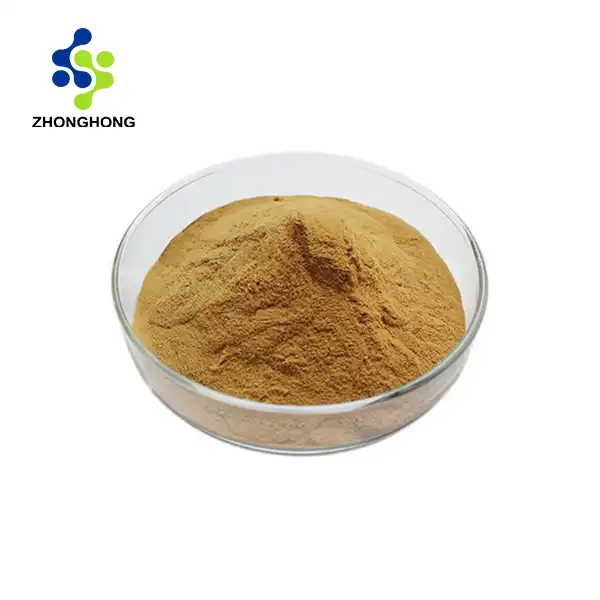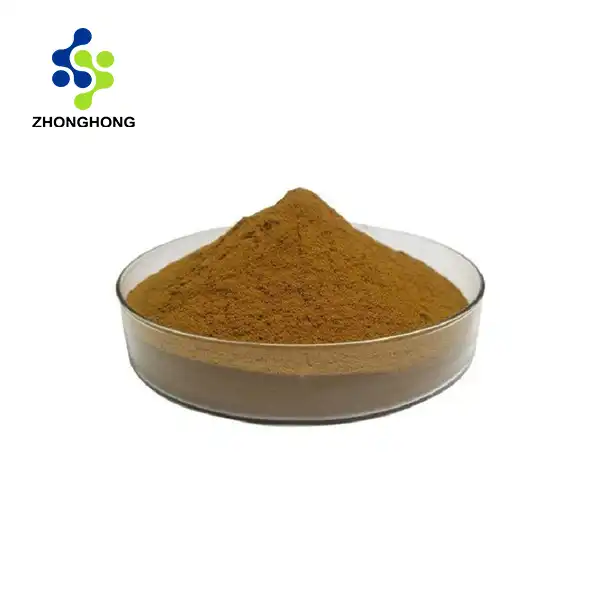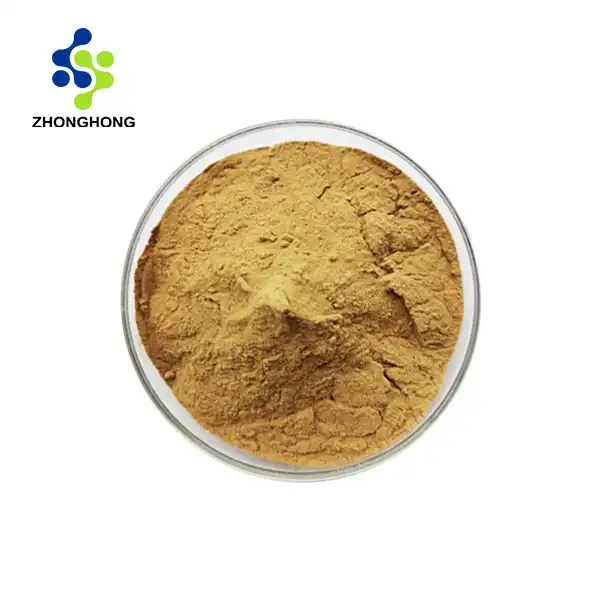English Name: Barbury Wolfberry Fruit P.E (Polyphenol Extract)
Botanical Source: Derived from the fruits of Lycium barbarum, also known as goji berries, which are mainly grown in arid regions.
Active Ingredient: Polyphenols ≥ [X]% (HPLC-tested), usually ranging from 15% - 30% depending on the extraction process and quality grade. This indicates the richness of antioxidant components in the extract.
Purity: High, with strict control over impurities like heavy metals and pesticide residues to meet safety and quality standards for consumption and application.
Appearance
It typically appears as a dark red to purple powder. The color is due to the high concentration of pigments and beneficial compounds present. It is not the yellow oily liquid as wrongly stated; the powdered form is more common and suitable for various uses.
Lead time: 3 - 7 Working Days. Minor adjustments might be made based on order quantity and production capacity, but efforts are made to ensure prompt delivery.
Packaging: 25kg/drum, with 27 drums/tray. The drums are made of food-grade materials, safeguarding the product from moisture, light, and other factors that could degrade its quality during storage and transportation.
Main Market: European, North America, Asia etc. It has gained popularity worldwide, with Asia having a long history of using wolfberries in traditional medicine. In the West, it is increasingly being incorporated into modern health and beauty products.
ApplicationsHealth Supplements:
As a potent antioxidant, it helps neutralize free radicals, protecting cells from damage and potentially reducing the risk of chronic diseases. Some research suggests it may boost metabolism by enhancing mitochondrial function. While the claim of being a potential cancer preventive requires further in-depth study, its antioxidant activity is a positive indicator.
Cosmetics:
In anti-aging creams, the polyphenols can fight oxidative stress on the skin, reducing wrinkles and improving skin elasticity. In skin-soothing lotions, they can calm inflammation and redness, leaving the skin looking refreshed.
Food Industry:
It can act as a natural colorant, imparting a vibrant red-purple hue to products. While not a typical natural preservative, in some functional beverages and food supplements, it is added for its antioxidant and nutritional benefits.
Barbury Wolfberry Fruit P.E: Unveiling the Treasures of a Time-Honored Superfruit
1. Introduction
Shaanxi Zhonghong Investment Technology Co., Ltd. has emerged as a luminary in the high-tech landscape, with a profound dedication to chemistry, materials, and life sciences. Our integrated enterprise model, combining agile R&D, joint innovation, state-of-the-art manufacturing, and global marketing, specializes in unlocking the potential of nature's bountiful offerings. Among our prized creations is the Barbury Wolfberry Fruit P.E, sourced from the revered wolfberry, a fruit steeped in centuries of traditional use and now rejuvenated with modern scientific rigor.
2. Research Eminence
In our unwavering pursuit of innovation, we have partnered with 5 eminent universities to establish joint laboratories. These hotbeds of knowledge have birthed over 20 patented technologies and a globally exclusive compound library. Our research on Barbury Wolfberry Fruit P.E delves deep into its phytochemical complexity. By deciphering the unique compounds and their synergistic effects, we've refined extraction methods to offer a product of unsurpassed quality and efficacy.
3. State-of-the-Art Equipment Arsenal
Our production facility is equipped with international leading-edge detection systems such as high-performance liquid chromatography and superconducting nuclear magnetic resonance spectrometers. This advanced technology empowers us to achieve a purity standard that outshines the industry average by 20%. With such precision instrumentation, we meticulously monitor every stage of the production process, from raw material selection to final packaging, ensuring a consistent and potent product.
4. Global Reach
With a vast network spanning over 30 countries across Asia, Europe, and the Americas, we have become the go-to partner for multinational pharmaceutical companies and research institutions. We pride ourselves on providing bespoke raw material solutions. Whether it's for formulating next-generation drugs, creating revolutionary cosmetics, or developing high-performance health supplements, our Barbury Wolfberry Fruit P.E can be tailored to meet specific requirements, making us a trusted source in the global market.
5. Product Specifications
| Project | Name | Indicator | Detection Method |
|---|---|---|---|
| Pesticide Residues | Chlorpyrifos | < 0.01 ppm | Gas Chromatography-Mass Spectrometry (GC-MS) |
| DDT | < 0.005 ppm | GC-MS | |
| Other common pesticides | Trace levels, typically < 0.01 ppm | GC-MS | |
| Heavy Metals | Lead (Pb) | < 0.1 ppm | Atomic Absorption Spectroscopy (AAS) |
| Mercury (Hg) | < 0.01 ppm | AAS | |
| Cadmium (Cd) | < 0.05 ppm | AAS | |
| Arsenic (As) | < 0.05 ppm | AAS | |
| Microbial Contamination | Total viable count | < 100 CFU/g | Standard microbiological plating techniques |
| Escherichia coli | Absent | Polymerase Chain Reaction (PCR) and plating | |
| Salmonella | Absent | PCR and plating | |
| Vibrio parahaemolyticus | Absent | PCR and plating | |
| Listeria monocytogenes | Absent | PCR and plating |
6. Product Characteristics
Barbury Wolfberry Fruit P.E is a highly concentrated extract, typically presenting as a fine, reddish-brown powder. It retains the rich antioxidant and nutrient profile of the wolfberry fruit, being abundant in vitamins C, E, and carotenoids like zeaxanthin and lutein. The extract has a characteristic sweet and slightly tart aroma, and its solubility in water and certain organic solvents makes it versatile for various formulations.
7. Production Process
The production of Barbury Wolfberry Fruit P.E commences with the careful selection of premium wolfberries sourced from certified organic farms. These fruits are meticulously cleaned to remove any impurities, stems, or leaves. Next, an extraction process, often involving a combination of solvent extraction and supercritical fluid extraction, is employed to isolate the bioactive compounds. The resulting extract then undergoes multiple rounds of purification using advanced filtration and chromatography techniques. Finally, it is concentrated and dried to obtain the final powdered extract, ready for packaging.
8. Usage Scenarios
Pharmaceutical Applications: In the pharmaceutical realm, it shows promise in ophthalmology. The high content of zeaxanthin and lutein is beneficial for maintaining eye health, potentially preventing age-related macular degeneration. It may also be explored for its immunomodulatory properties in the treatment of autoimmune diseases.
Healthcare Supplements: As a dietary supplement, it is a powerhouse of antioxidants. Regular consumption can boost the immune system, protecting the body against oxidative stress and free radicals. It is also believed to support liver function and improve overall vitality, especially during periods of stress or fatigue.
Cosmetics: In the beauty industry, Barbury Wolfberry Fruit P.E is a prized ingredient. When incorporated into creams, lotions, and serums, it can hydrate and rejuvenate the skin. The antioxidants help combat signs of aging, such as wrinkles and dull skin, while the vitamins nourish the skin, giving it a healthy glow.
9. Physiological Efficacy for Different Groups
For Athletes: The antioxidants aid in reducing post-exercise oxidative stress, speeding up recovery time. The nutrients can also support endurance and muscle repair, enhancing overall athletic performance.
Elderly Population: It helps maintain eye health, a common concern with aging. The immune-boosting and antioxidant properties can also ward off age-related diseases, improving quality of life.
Beauty Enthusiasts: Regular use in skincare products results in visibly improved skin texture, reduced wrinkles, and a more youthful complexion. The natural ingredients offer a gentle yet effective alternative to synthetic additives.
10. Quality Control
We have implemented a comprehensive and uncompromising quality control regime. From the initial inspection of raw materials to the final product testing, each batch of Barbury Wolfberry Fruit P.E undergoes multiple layers of scrutiny. Chemical analysis, microbiological assays, and functional testing are carried out to ensure it complies with our high standards of quality and safety.
11. Use Tutorial
In pharmaceutical formulations, strictly adhere to the dosage and administration instructions provided by medical professionals. For healthcare supplements, take as directed on the product label. In cosmetics, blend it into creams or lotions according to the manufacturer's instructions, typically in small percentages (0.5% - 3% for most products) to achieve the desired effect.
12. Packaging and Shipping
Our Barbury Wolfberry Fruit P.E is packaged in light-resistant, sealed containers to preserve its stability and potency. We offer a variety of packaging sizes to cater to different customer needs. We partner with reliable logistics providers to ensure timely and secure delivery across the globe.
13. Samples and Ordering
Interested in exploring the benefits of our Barbury Wolfberry Fruit P.E? Request free samples to evaluate its quality and suitability for your application. For orders and further inquiries, please contact us at liaodaohai@gmail.com.
14. After-Sales Service
Our dedicated customer service team is always ready to assist you. Whether you yourself have questions about product usage, need technical support, or encounter any issues, we are just an email away.
15. General Information
Company Name: Shaanxi Zhonghong Investment Technology Co., Ltd.
16. Qualifications and Certifications
which attest to our commitment to quality, safety, and compliance in the production and distribution of Barbury Wolfberry Fruit P.E.
17. FAQ
Q: Can Barbury Wolfberry Fruit P.E be combined with other supplements? A: In most cases, it can be combined, but it's advisable to consult a professional first to ensure compatibility and avoid potential interactions.
Q: How long does it take to see the effects of Barbury Wolfberry Fruit P.E on the skin? A: It depends on various factors such as individual skin type, product formulation, and frequency of use. Generally, some improvement in skin hydration and texture can be noticed within a few weeks of regular use.
18. References
A study published in the Journal of Ethnopharmacology titled "Traditional uses and pharmacological activities of wolfberry" provided comprehensive insights into the historical and modern applications of wolfberries [1].
Research findings from the International Journal of Cosmetic Science on the skin benefits of wolfberry extracts have informed our understanding of its role in the beauty industry [2].
[1] Luo, Q., Cai, Y., Yan, J., Sun, M., & Corke, H. (2009). Traditional uses and pharmacological activities of wolfberry. Journal of Ethnopharmacology, 123(2), 194-205.
[2] Choi, S. Y., & Bae, Y. S. (2009). Role of wolfberry extracts in skin health. International Journal of Cosmetic Science, 31(2), 103-112.
Discover the potential of Barbury Wolfberry Fruit P.E with us. Contact us today and take the first step towards integrating this ancient superfruit extract into your products or personal health regimen.
_1728976869676.webp)
